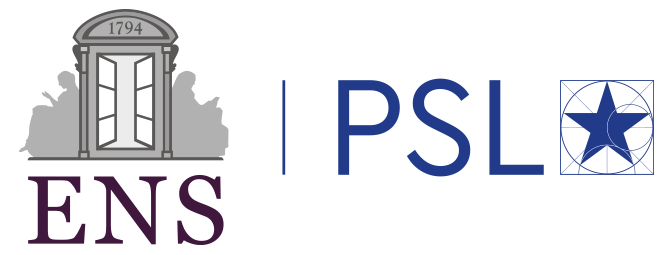Domaines
Biophysics
Soft matter
Physics of living systems
Kinetic theory ; Diffusion ; Long-range interacting systems
Type of internship
Théorique, numérique Description
Self-organisation draws much attention in biotic systems as it can produce complexity at reduced developmental cost. Simple mechanisms borrowed from chemo-physical processes can then explain the morphogenesis of biological patterns. Echinoderms, like sea urchins, sea stars and sea cucumber, build a calcite skeleton whose saddle-shaped microstructure is an outstanding example of self-organisation and is conserved across different species. At a much smaller scale, diatoms produce silica shells (frustules), that also share similar pattern of controlled porosity, as well as butterfly produce chitin scales in their wings that can show poli-crystals gyroids. Global minimization of surfaces could explain these structures, but not their specific control, nor how they actually grow. Several studies have addressed the morphogenesis of these hard structures yet, a global, mechanistic comprehension of what controls the growth dynamics is still lacking. Our main hypothesis is that the structure local geometry is not only an emergent property but also a driving cue for the biomineralizing tissue and that this interaction may be mediated by the cytoskeleton as commonly evidenced by several studies addressing these diverse objects. The internship aims to test this hypothesis by building a phenomenological model implementing a few interaction rules and comparing its predictions with experimental observations in our lab.
Contact
Giulio Facchini
Laboratory : MSC - UMR7057
Team : Morphogenèse et Dynamique des Systèmes Auto-Organisés
Team Website
Team : Morphogenèse et Dynamique des Systèmes Auto-Organisés
Team Website
